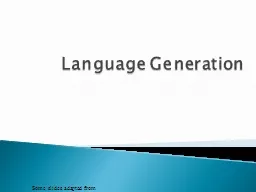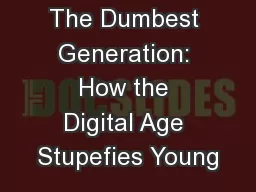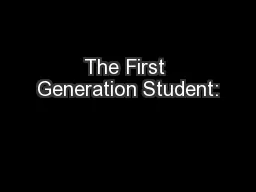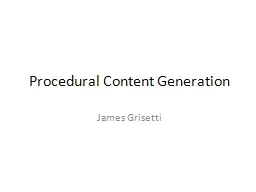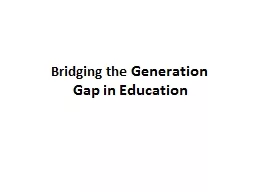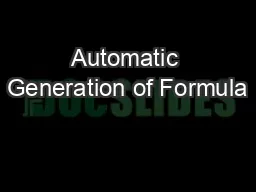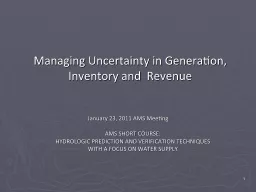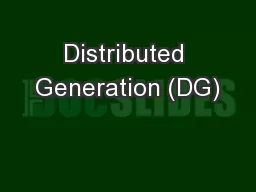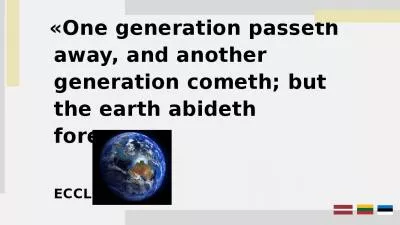PPT-Language Generation
Author : debby-jeon | Published Date : 2017-08-03
Some slides adapted from Linguistic Generation Statistical Generation Today Conceptual What to say How to organize Linguistic How to say it Words Syntactic structure
Presentation Embed Code
Download Presentation
Download Presentation The PPT/PDF document "Language Generation" is the property of its rightful owner. Permission is granted to download and print the materials on this website for personal, non-commercial use only, and to display it on your personal computer provided you do not modify the materials and that you retain all copyright notices contained in the materials. By downloading content from our website, you accept the terms of this agreement.
Language Generation: Transcript
Download Rules Of Document
"Language Generation"The content belongs to its owner. You may download and print it for personal use, without modification, and keep all copyright notices. By downloading, you agree to these terms.
Related Documents

